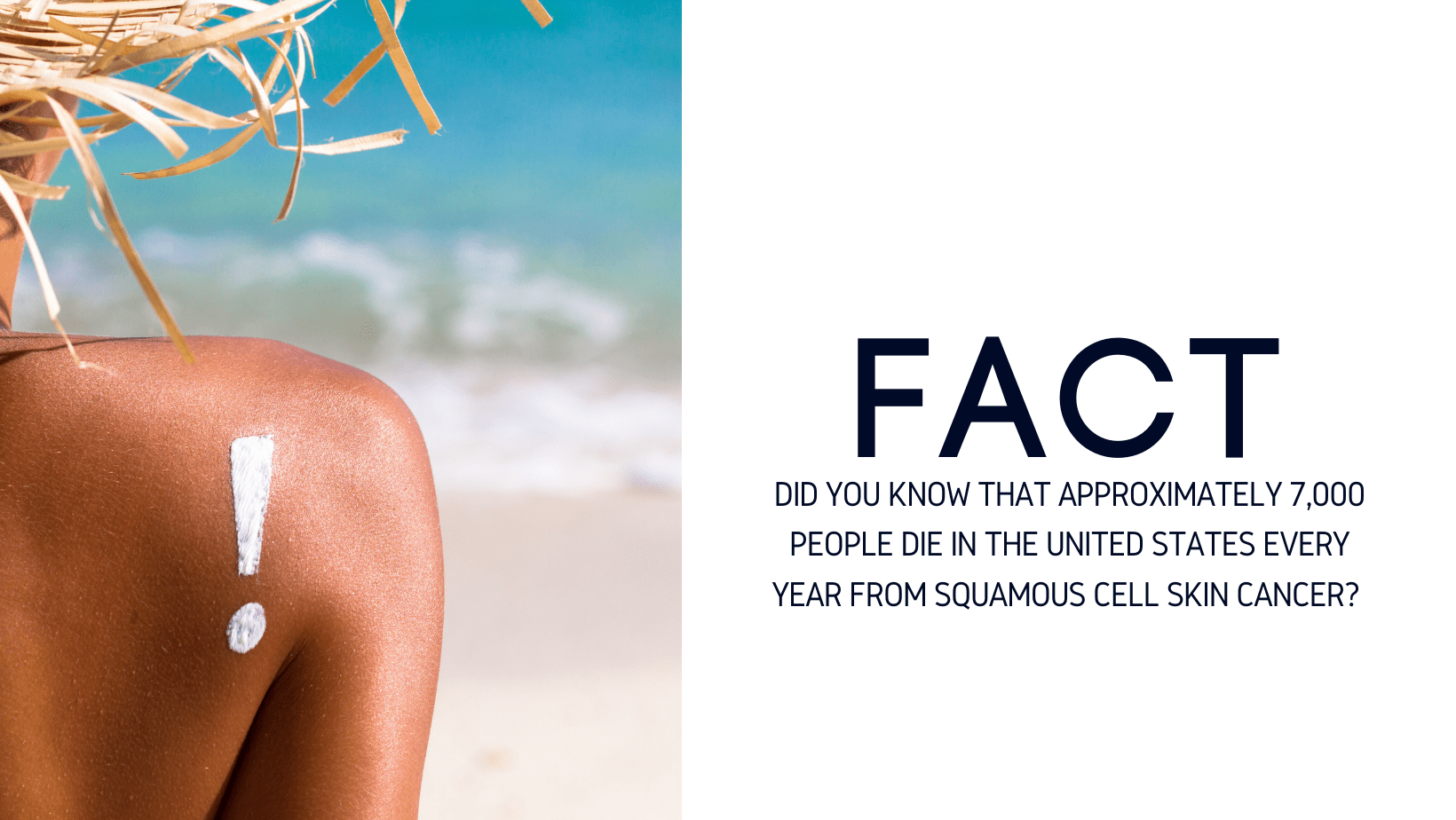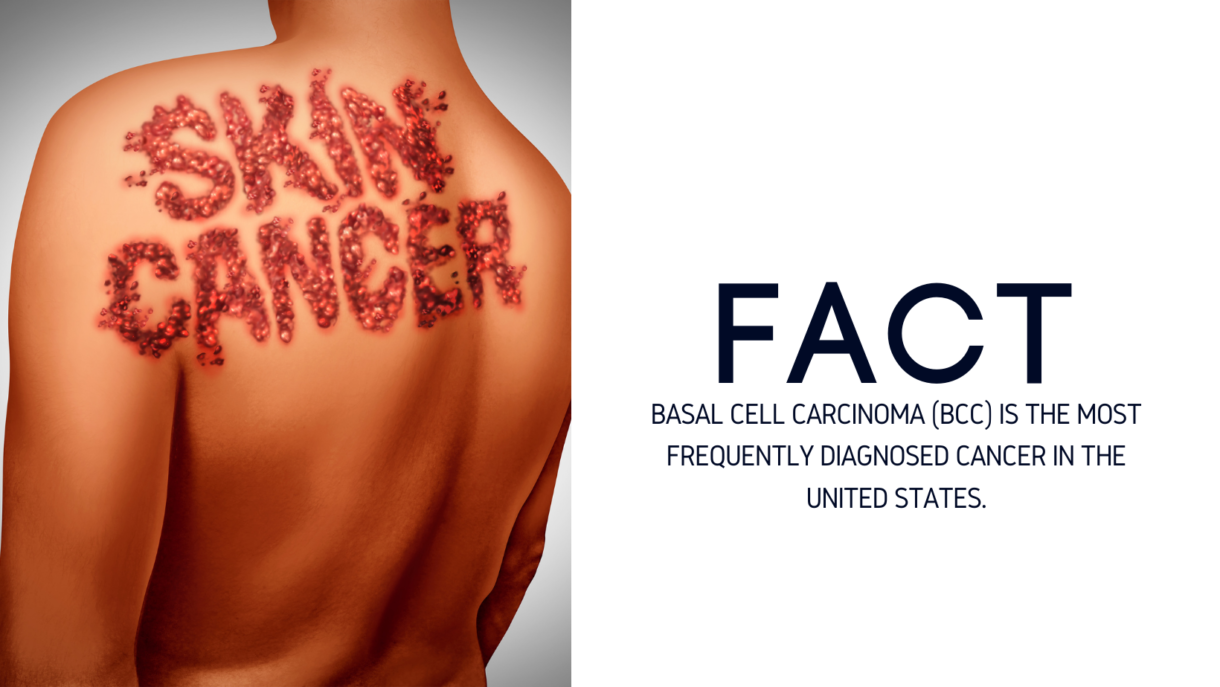SCERF: What it is and Why You Need to Know About it

By Alicia Rowell, Vice President
SCERF. It’s short for the Skin Cancer Education and Research Foundation, but we always call it SCERF.
Admittedly, the acronym is a bit odd. The late Val Guild disliked the nickname immediately after we coined it. But despite the unappealing moniker, SCERF—one of AIM at Melanoma’s most recent initiatives—has become a tremendous resource for a community that desperately needed it.
There are more cases of skin cancer in the U.S. than all other cancers combined—over 5 million each year. But the numbers are estimates, because unlike all other cancers, non-melanoma skin cancer is not required to be documented and counted in a cancer registry.
These non-melanoma skin cancers—primarily basal cell carcinoma and squamous cell skin cancer—are often curable by cutting them out. Because millions of these cancers are cured each year, the general population tends to think of skin cancer as less serious than other cancers. And on one hand, it’s true: Since the tumors reside on the outside of the body, they’re easier to see, access, and remove if they have not spread.
But some skin cancer is disfiguring or deadly. Both basal cell carcinoma (often referred to as BCC) and squamous cell skin cancer (often referred to as SCSC or cSCC) can deeply invade the skin and cause disfigurement. And both melanoma and squamous cell skin cancer can be deadly. Readers of this article will likely be familiar with the fact that melanoma often starts in a small spot that—to most people—does not look suspicious and can spread (metastasize) quickly. Squamous cell skin cancer is less likely to spread than melanoma, but it can, and when it does it can be deadly, too. In fact, by some estimates, squamous cell skin cancer kills as many as 7,000 Americans each year—that’s approximately the same number as melanoma.

When people leave their dermatologist with a basal cell carcinoma or cutaneous squamous cell diagnosis, they often go home and look for more information on the internet. And many people over the years have come to AIM—to our website, to our Ask an Expert program, or to our symposiums—looking for information on non-melanoma skin cancer. But we couldn’t help them much, because AIM is specific to melanoma.
So one year ago, AIM launched SCERF. The SCERF website, social media, resources, etc. are modeled on AIM but they were created for patients with non-melanoma skin cancers. “What distinguishes SCERF from other non-melanoma skin cancer websites is the complete information we offer and the resources we provide,” says Samantha Guild, AIM’s president. “There are many good non-melanoma skin cancer sites out there, but most focus on prevention and early detection, which are both very important. But patients with more advanced cases need resources such as staging information, treatment descriptions, and side effect management guidance. Patients with advanced skin cancers also face other hurdles such as physician referrals and finding a specialist. There was a huge unmet need for information and resources for these patients, caregivers, and families. SCERF meets that need.”
The feedback on the website has been great. The site was designed to be practical but to have depth. One goal is to have everyone—those with skin cancer and those who are looking to prevent it—leave the site understanding things like risk factors and prevention measures. But we also want patients with basal cell carcinoma and squamous cell skin cancer to leave the site with a greater understanding of their non-melanoma skin cancer diagnosis, prognosis, and treatment options.
Since the website launch, the number of people who have visited is gratifying: There were 18,000 unique views in just the last 100 days. Each month the number of visitors has increased, and importantly, each month the time spent on the site has increased. “That tells us that the content is relevant for the community and also affirms that there was an unmet need in the community,” says Guild.

Future goals for the site include adding more resources—specifically those types of resources that are most viewed on the AIM site. These include videos, webinars, printable side effect management sheets, and survivor stories. Another important goal is to build a community of patients and survivors.
“We’ve been working hard to build a community,” says Guild. “Raising awareness of this disease and bringing people together helps to educate everyone. It’s a call to action to recognize the seriousness of these skin cancers.” Melanoma patients say that it’s both comforting and educational to join a community of other patients. Non-melanoma skin cancer patients need a community, too.
Another future goal is the consideration of adding Merkel cell carcinoma to the site. It’s another very serious non-melanoma skin cancer, and those patients need information and resources, too.
Finally, just as with AIM, the SCERF information will in the future be available in multiple languages and acculturated for use in other countries. Like melanoma, these skin cancers are global diseases, and SCERF will help educate U.S. patients as well as others around the globe.
If you haven’t visited SCERF, please click HERE to see this new site. We hope you pass on the information to anyone you know with basal cell carcinoma or squamous cell skin cancer. Also, be sure to check out this SCERF webinar: https://skincancerinfo.org/webinars/
Recent Posts

Behavioral Addiction Responsible for Excessive Indoor Tanning

Announcing AIM at Melanoma’s Official Sunscreen Partner, WearSPF

Red Hair Genetics: 5 Things You May Not Know

Surviving & Thriving: From Melanoma Survivor to Sun Safety Advocate


